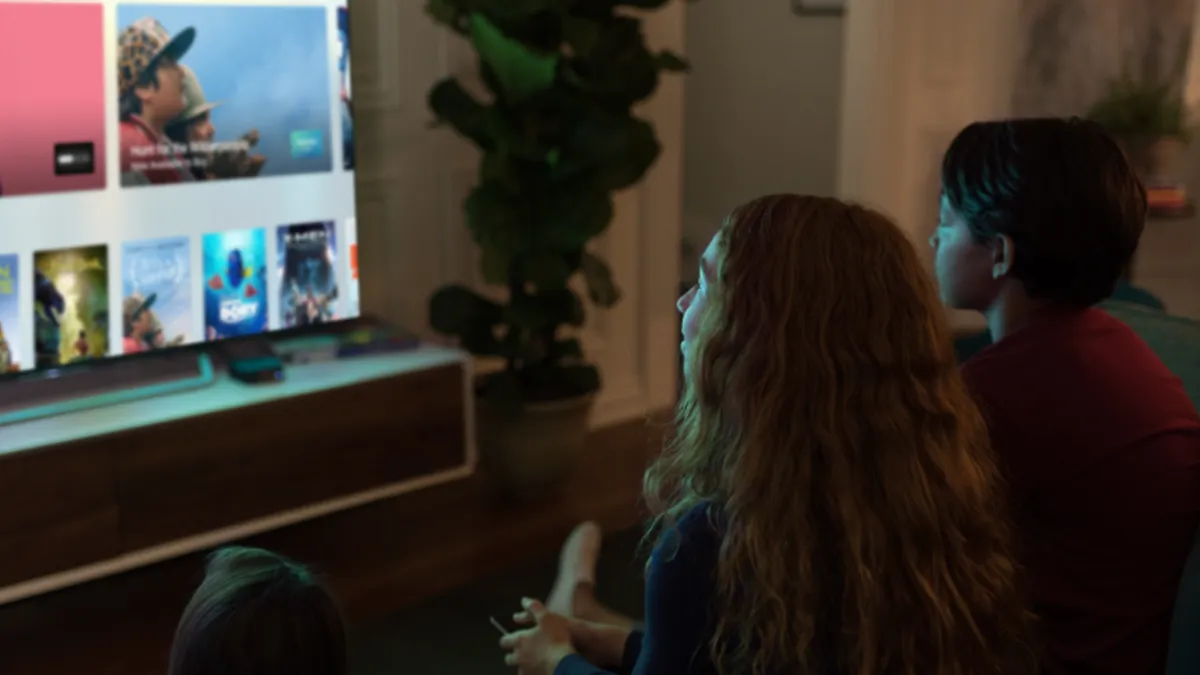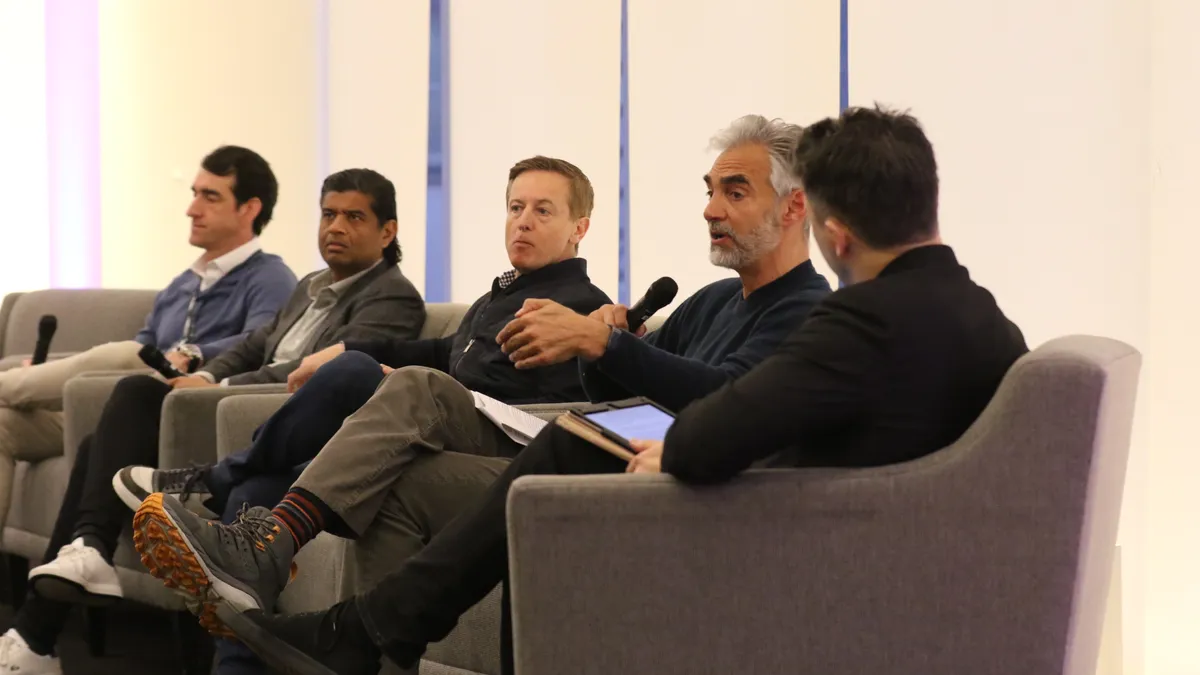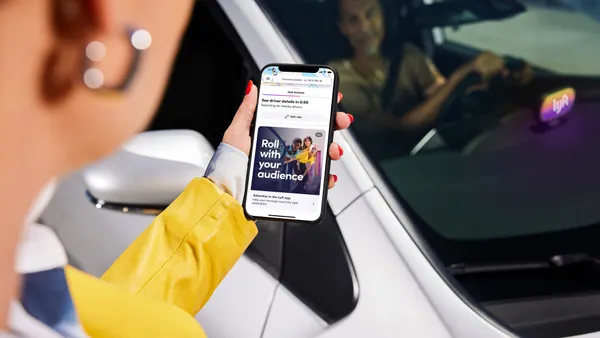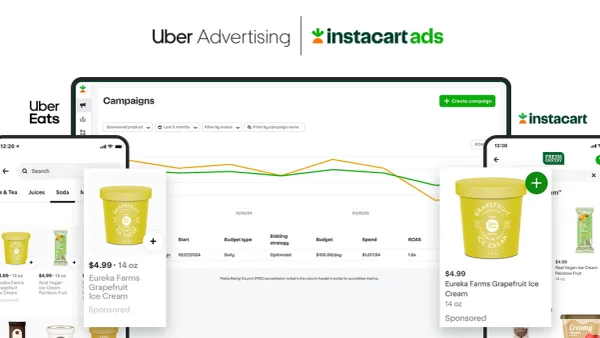Dive Brief:
- Verizon has been working to secure streaming rights from TV networks, notably CBS, in anticipation of introducing a live online TV service, according to a Bloomberg article. Recode reports Apple TV is considering selling consumers a premium TV bundle containing HBO, Showtime and Starz.
- Bloomberg details Verizon’s new streaming TV vehicle is distinct from Go90, its free ad-supported YouTube-style streaming offering, and its home TV service FiOS. The service is expected to feature dozens of channels and could launch as early as this summer, when it could be accessed via an app on various devices as well as on set-top units such as those from Apple TV and Roku. Verizon is competitively charging for the new streaming option at the likely price of between $20 and $40 monthly.
- Apple TV currently provides HBO, Showtime and Starz subscriptions for $15, $11 and $9, respectively, but a comparatively affordable bundled package of the three premium cable channels could be much more attractive to TV viewers. At this point, though, the pricing of the bundle is unknown.
Dive Insight:
As audiences continue to defect from traditional television, Apple TV and Verizon Communications are among the mobile players angling to capture viewers and the advertisers chasing them.
The clamor for cord cutters is becoming deafening. Dish Network’s Sling TV, AT&T’s DirectTV Now, YouTube, Hulu, Apple TV and Verizon Communications are all vying to stake out significant positions in the race to command TV viewers of the future. Verizon’s huge customer base could give it a leg up in this race. It’s the largest U.S. wireless provider with a total of roughly 114.2 million subscribers. However, Verizon’s bulk hasn’t been much of a help to Go90. The streaming app has struggled to attract its young target audience, although it's still charging forward, as evidenced by a recent deal for the streaming rights to several Warner Bros. Entertainment programs.
Similarly, Apple should benefit from its massive reach — more than 1 billion Apple devices are used globally — as it fortifies itself to fight the TV wars, but Apple has yet to capitalize on that reach to implement an effective TV strategy. Apple observers have decried the massive technology company’s TV efforts as aimless. It hasn’t released a TV streaming service, letting AT&T and Hulu, which has a streaming service due out the first half of this year, beat it to the punch, and has been slammed for being slow in producing original content à la Netflix.
In light of its haphazard stab at TV, Apple’s potential bundle of HBO, Showtime and Starz is seen as a huge leap forward. Writing for BGR, Yoni Heisler reasoned, “Even if Apple prices its streaming service a tad higher than its competitors, the ability for users to instantly access premium shows from the likes of HBO and Showtime — while also receiving access to traditional cable channels like AMC, ESPN and Bravo — would be an immediate game changer.”
Marketers’ jobs are getting harder as an already complex network of streaming services becomes even more complex with the moves made by Verizon, Apple and numerous others. In a fragmented TV field, programs are not drawing the viewership they previously did, and it’s difficult to sort through precisely where in the vast TV matrix advertising will yield the best results. Marketers are forced to spend an increasing amount of time and energy to understand exactly what shows and channels their target consumers want to watch and where they want to watch them.
The streaming TV jockeying is taking place in the context of a cord-cutting surge. According to a synopsis of eMarketer estimates in Medialife Magazine, cord cutting will skyrocket in three out of the next four years, and pay TV subscriptions will dip 5% from 2015 to 2020, a span during which almost 5 million people are projected to cancel their pay TV subscriptions, including 700,000 people this year. Despite the cord-cutting climb, traditional TV hasn’t been knocked off its throne. Per eMarketer, nearly 202 million American adults are old-school TV devotees versus 175.4 million watching digital video.














